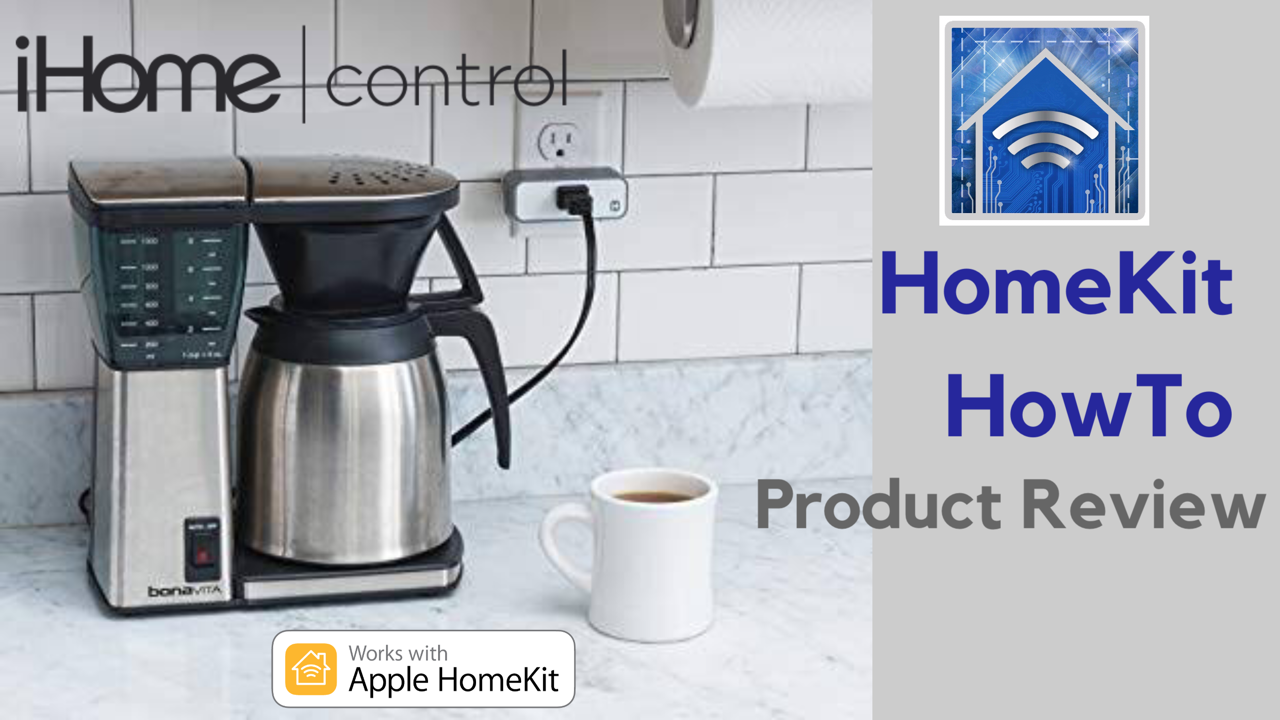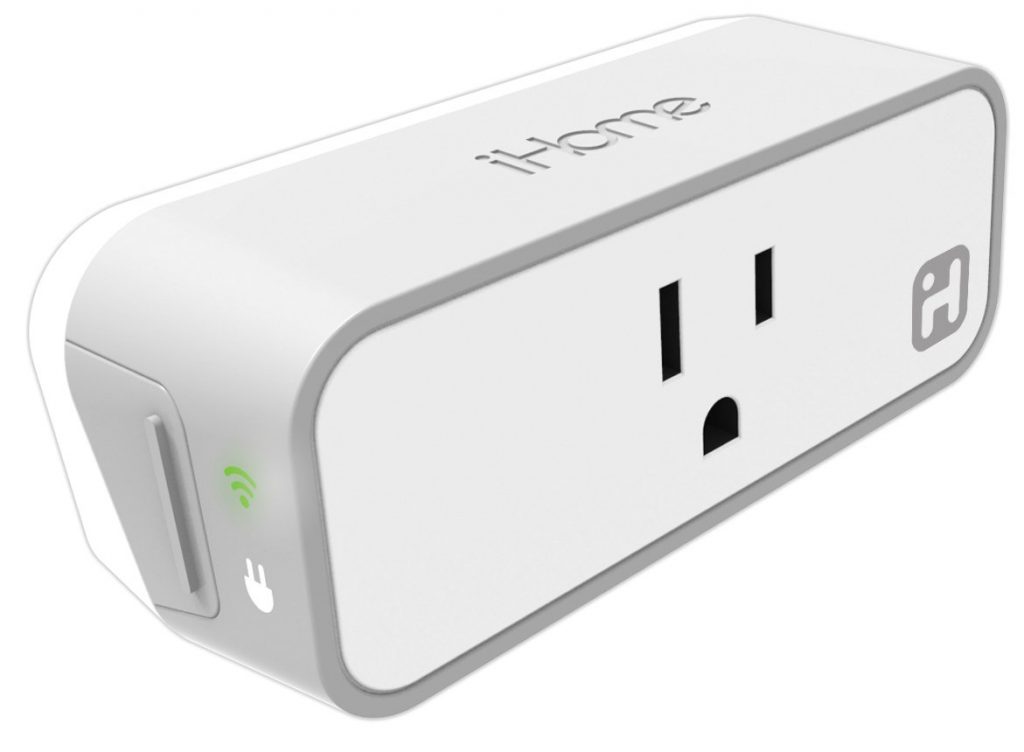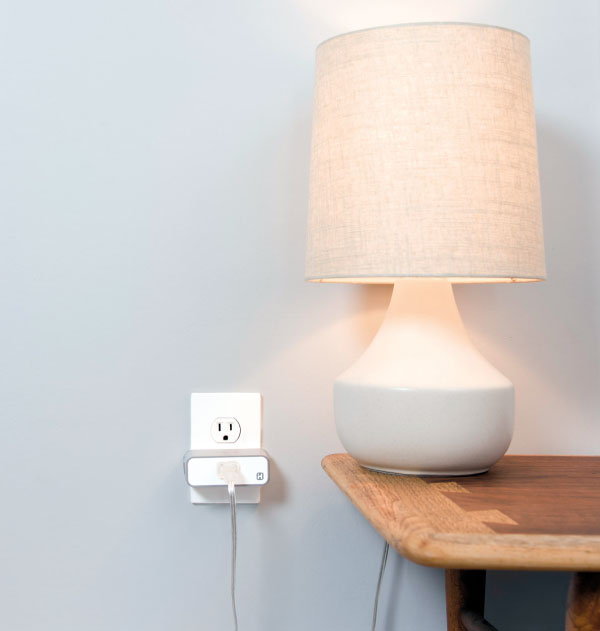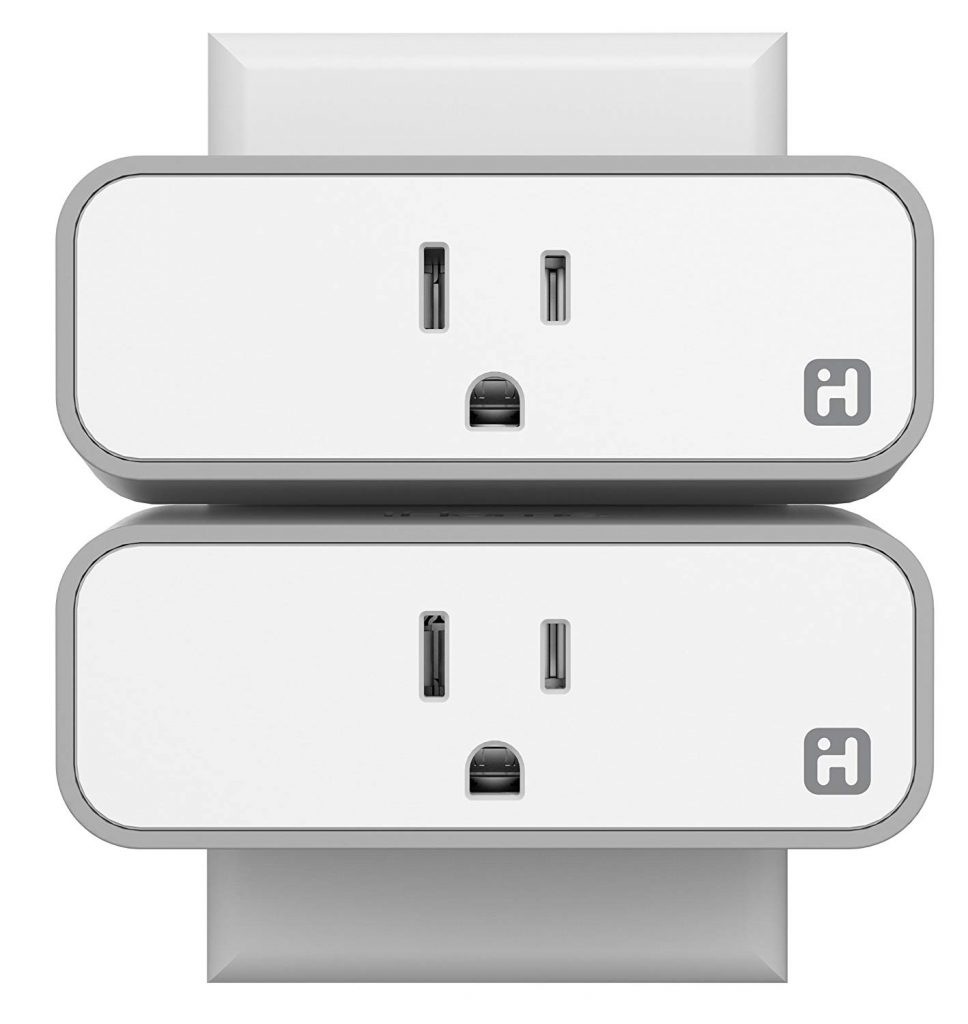Smart plugs are probably the most cost-effective, simplest, and most versatile part of the HomeKit home and no HomeKitter should be without one… or 10. This is also probably why there are so many of them on the market. Nearly any dumb electronic with a hard switch can be connected to them and almost instantly give you that home automation magic. One of the first to come on the scene and still one of the most popular options is the iHome Control ISP6 Smart Plug. Though primarily known for their massive list of audio products, iHome has managed to make a name for themselves in the smart home with this simple device. Let’s take a more detailed look at this ubiquitous accessory and try to discover why it’s the smart plug of choice for so many.
Features
- Supports a wide range of smart home platforms, including HomeKit
- Physical on/off switch
- Compact design does not interfere with second outlet
Need to Knows
- 1800W maximum
- WiFi connectivity on a 2.4 gHz band
- 1-year limited warranty
Pros
There’s not a lot to this plug and yes, I consider this a pro. It does what it says it does and it does it well. I have not once had to reset the device, well at least not until this review, and I’ve had it for nearly two years. It has never disconnected from my WiFi network, even after a power outage. It just turns things on and off via an app or through different automation services. There is zen in simplicity.
While I’m not the biggest fan of the flat grey and white color scheme , the compact size of this smart plug helps to overlook this. Many other manufacturers haven’t been able to design a smart plug that houses all the brains in a way that doesn’t intrude on the other plug let alone allow space for two smart plugs, but iHome pulled it off in a pretty minimal way.
If you’re familiar with myHomeKithome’s content, you’ll know that we prefer our smart home to interact with us rather than us interacting with it, however there are definitely times when automations aren’t sufficient and we need to manually control the device and this is where the physical on/off button comes in handy. It’s also useful fi you live with someone who isn’t as pumped on changing the way they’ve been interacting with their home for the last 30 years.
Cons
While the build quality, as to be expected with plastic, is resilient enough, the physical on/off button feels a little loose and doesn’t always work on the first attempt. This could be my particular accessory or due to use, but this can be annoying when you’re in a hurry and just need something to turn on.
Having an LED indicator for the plug is a nice touch for quick visual confirmation of power state, but this device’s LED is just way too bright if used at night. So much so that I had to switch it out for another plug in my bedroom that controls my air purifier because it was disturbing our sleep. There is also no way to dim the LED as with some other smart plugs. On a side note, shouldn’t the fact that the accessory that is plugged into the module is operating be an indication that the smart plug is powered on? Just saying.
If you know smart plugs, you will have probably recognized that most produce an audible “click” when the device is powered on and such is the case with the iHome ISP6. However, after comparing it with other smart plugs that I own, I would have to say that it seems that the iHome’s click is louder than the others I have. No, I didn’t bother with a decimal meter and the click isn’t bothersome necessarily, but it is something worth mentioning.
The App

Upon launching the iHome Control app, we’re prompted to register with the iHome cloud service. This is most useful if you plan on setting up the plug with one of those other popular smart home platforms and for remote control if you don’t have a HomeKit home hub like a HomePod, Apple TV, or always-on iPad.
The app intuitively lets you build out your virtual home with rooms and zones. You can also group accessories together to create scenes. However, you can’t really create automations, or rules as they are called in the iHome Control app, unless you have an iHome sensor or have the app connected to a Nest account. Oddly enough, you can create schedules that control your plugs at different times. I’m confused about the seemingly arbitrary HomeKit framework integration.
Though I quite like the layout and aesthetics of the iHome app, it again gets relegated to a folder with most other manufacturers apps and only brought out for firmware updates as I simply prefer more powerful apps that are more HomeKit specific.
Final Thoughts
Who needs bells and whistles when you have simplicity and reliability? This smart plug allows you to smarten up just about anything, as long as it has a hard switch. I think by far its biggest win, and why it’s so popular, is its smart home platform agnosticism. It works with everything. Yes, everything. While for our purposes, we’re really only concerned about HomeKit support, it’s good smart home strategy to aim for accessories that are as cross-platform compatible as possible and the iHome ISP6X has them all covered. It’s slim design and low profile make it ideal for discreet and practical applications which is, well, just about all of them. The app is a little strange, but it’s probable that anyone using it will be incorporating it into their selected home automation platform.
If you have an iHome ISP6X, what have your experiences been like? How do you use smart plugs in general? The comment section awaits. We regularly update our Facebook, Twitter, and Instagram accounts with the latest and greatest HomeKit news and gossip @myhomekithome.
Links & Resources
Learn more about iHome’s other smart home offerings and aludio products at https://www.ihomeaudio.com
We use income-earning affiliate links.
We may receive a small commission on purchases made using links on this page at no extra cost to you.




